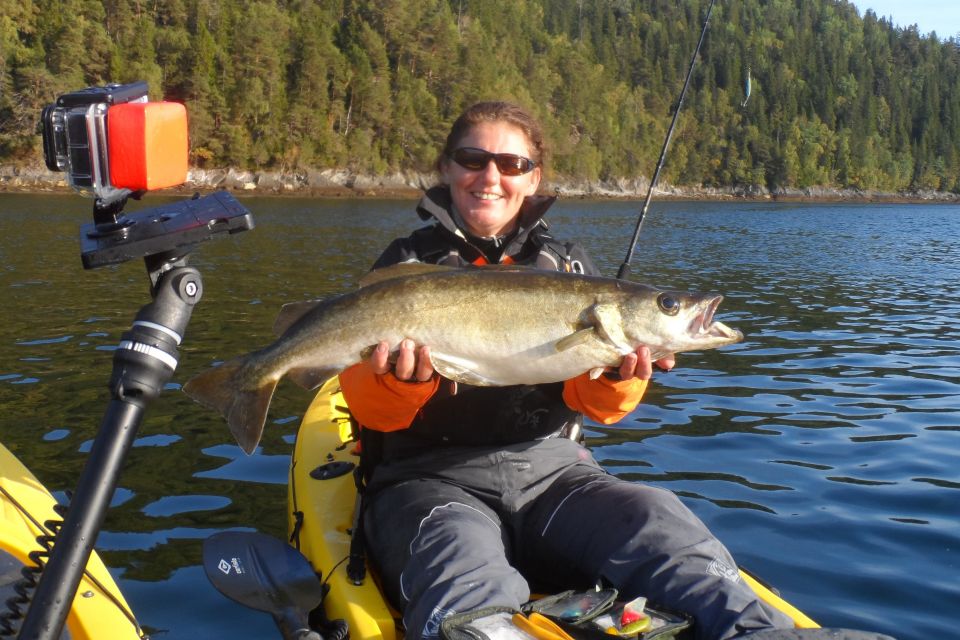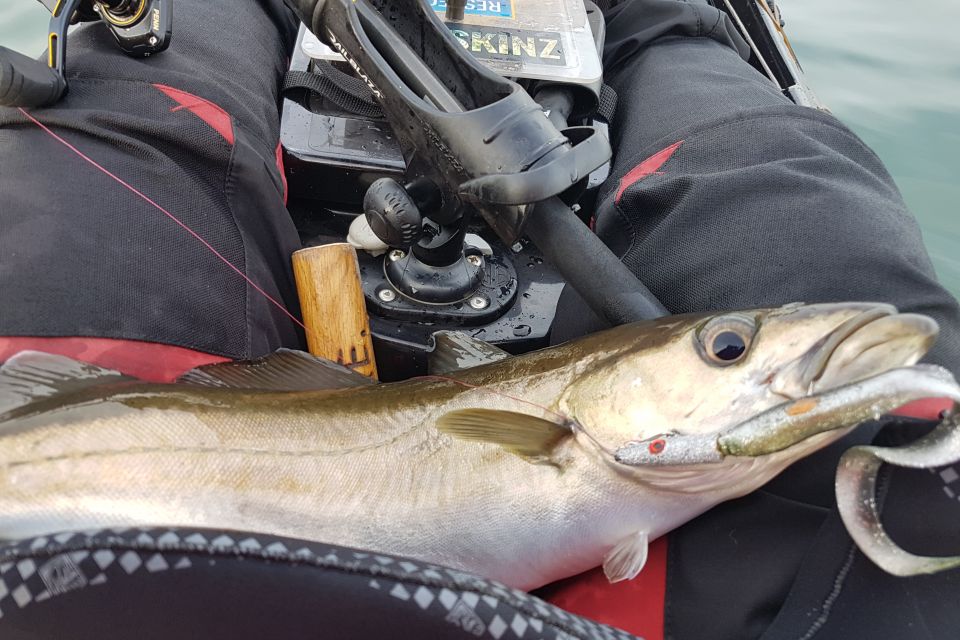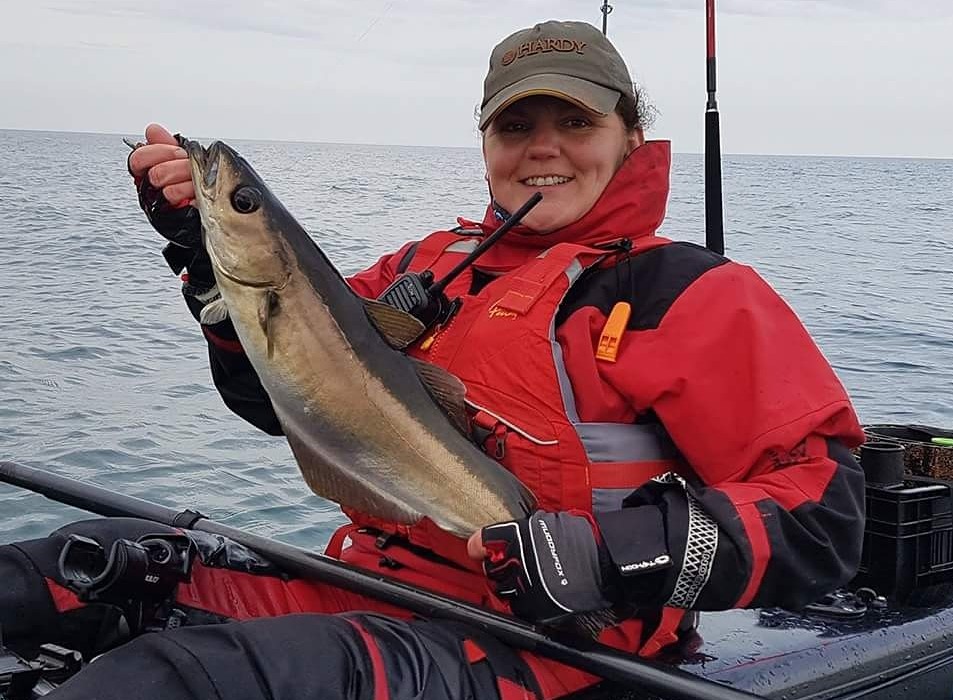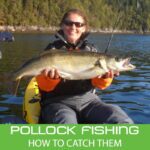Fast, Free Shipping from Canada on Orders $75+ (before tax)
RAILBLAZA UK based pro-staffer Irene Hodgson shares a few insights on catching Pollock. When asked to choose one favourite place to fish and what species Irenes reply “ fishing for pollock under the sheer cliffs on the South West coast of Scotland, launching out of Port Patrick. You can read more about Irene’s passion for fishing and the outdoors in the pro staffer profile link after this blog.
Having kayak fished for some years now, if I was ever asked what keeps me going my reply would be one word, pollock. This one fish ticks so many boxes for me as an angler. Seeing its large eye and mouth it is easy to see it’s a predatory fish, preferring to hunt its prey of small baitfish and sand eels in mid to surface water, being a predator pollock lends its self well to lure fishing, a hard fighting fish on light gear from a kayak can often pound for pound be some of the best sport you can have.

Looking at the ground that is local to me, it’s pretty much all rock, weed, and skeers which are flat rock formations with huge drop-offs, to the abundance of wrecks we have off the coast, all this is the ideal place to find pollock, the deeper you get the bigger the fish tend to be, so a wreck sat in 30 meters or the 40 meter drop at the back of the Skeers.
Lure wise Pollock will just about take anything you show them if you’re lucky. I use a mixture of weighted shads, black minnows and Berkley power-bait sand eel, these cast into the area I’m fishing and allowed to sink then retrieve them back, or allowing the lure to drift mid-water in the tide, everyone has had Pollock on something different.
For me it doesn’t get better than a deep-diving crystal minnow trolled along just over the top of the kelp, this taps into the predatory instincts of the pollock, who prefers a steady chase or retrieve rather than a jigging movement.

Once I know what the drift speed is, I’ll cast the lure out behind me then store the rod in the Railblaza rod holder ll, then sit back and wait for the take. As mentioned I prefer to fish with braid straight through as when targeting fish in shallow water there is less give in the line lessening the chances of the fish diving back into the weed.
Over the years I have slowly reduced the heaviness of my rods, now most of my go-to rods are rated in grams not pounds. When fishing for Pollock for me it all depends on where and the depth, for the reefs and kelp a 15g to 40g spinning rod teamed with a Penn Clash 3000, on this is 30 lb braid allows more pressure to be added when the fish tries to burring itself in the kelp, for those that have experience of this you’ll know its near on impossible getting them out.
For heavier lures and shads or deeper water and wrecks where the extra weight is needed just to get the gear down I go up to a 52g rod again with the Penn Clash 3000, still light but with more than enough backbone to deal with anything a good-sized fish can throw at you thanks to the drag system of the Penn Clash.

Fishing my local wrecks have taken some hit and miss sessions, the first being 1.5 miles out and sits in 20 meters of water, some good fish have been taken on this wreck but my main aim is the second wreck which as far as wrecks go its huge, but being so big makes it a nightmare for losing gear when on the drift …bump …bump…snag…gear lost. Once I’ve located the wreck and the drift I drop the anchor, using a Texas rig I have a lure fixed and which I feed into the drift the small weight taking my gear down slowly and more across the wreck than down on it.
Next I try casting weighted shads, counting the down, then a steady retrieve causing the shad to make an arc above the structure, with the drift slowing at high tide, I go back to the Texas rig, this time with a deep-diving crystal minnow on, the weight of the rig gets the gear down a few more meters. All methods are successful.
Thanks for reading, check out Irene’s Profile to find out more about her. Profile Here
